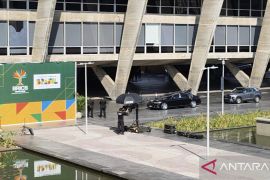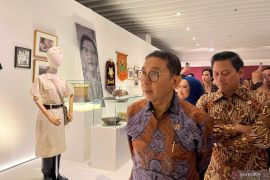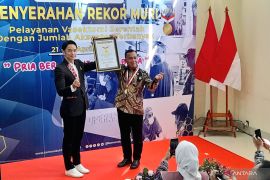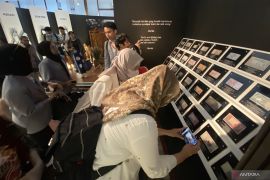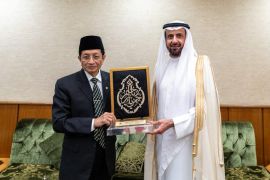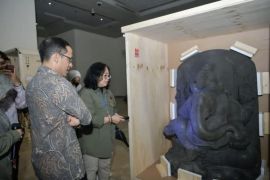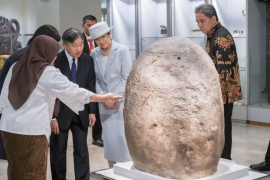Promotion Staff of the National Museum of Indonesia Ferlian Putra stated here on Tuesday that a field team from Google Street View has been collecting data and images at the museum complex for several days.
The data capture process was part of the collaboration between the National Museum of Indonesia and Google for the Google Art Project, an online platform through which the public can access high-resolution images of artworks and cultural and historical artifacts in galleries and museums around the globe.
"A museum could no longer be viewed as a national heritage, but it also belongs to the international society. People can view things globally. It is also a means to reach out to the world that the international society can enjoy and laud our heritage," Putra noted.
Using Google Street View, the National Museum can provide the users a "different experience" in exploring the museum through a program called virtual touring that can be accessed through its official website "www.museumnasional.or.id."
"Using the Street View, we might alter the peoples perspective and stigma about museums. Now, museums are places that have aesthetic values and are attractive," he said.
Since 2011, the National Museum of Indonesia has joined the Googles Art Project and has now become the Google Cultural Institute.
Of the around 140 thousand items in the collections at the National Museum, only 100 have been uploaded in the Art Project.
To gather data and images at the museum complex, the Google Street View team did not use its Google Street View Car, but instead deployed a cart equipped with data-capturing equipment such as a sophisticated computer, laser scanner, and a 360-angle camera.
"We call this cart the special collect," remarked a field officer of Google Street View.
The images and data collected at the National Museum of Indonesia will also be incorporated in the Google Maps feature.
Google Street View is a technology featured in Google Maps and Google Earth that provides panoramic views from positions along several streets in the world.
It was launched in 2007 in several cities in the United States and has since expanded to include cities and rural areas worldwide.(*)
Editor: Heru Purwanto
Copyright © ANTARA 2015
